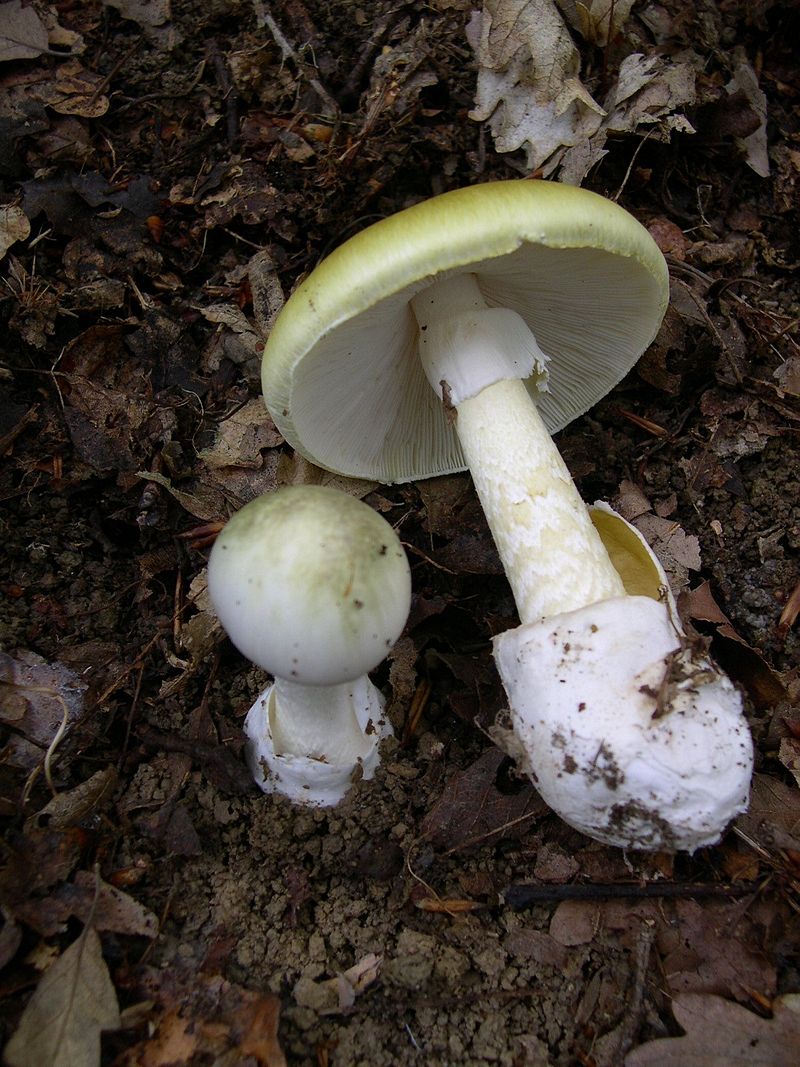Death Cap Mushroom

Death Cap Mushroom
(Amanita phalloide)
Identification and Reproduction
Identification:
- REPORT ANY MUSHROOMS FOUND!
- White to green cap colour with satiny sheen, white gills, skirt on the stem and cup at the base of the stem found below the ground.
- Death cap mushrooms emerge rounded like puffball mushrooms, and will develop into a flat pane.
- A membranous ring initially covers the gills but with maturity it will expand and hang like a ring in the upper portion of the stem.
For more help identifying death cap mushrooms, please refer to the UBC's zoology's factsheet on Amanita phalloides.
Reproduction:
- Death cap mushroom is like most other mushroom-producing fungi.
- Much of the death cap mushroom body actually lies under the ground.
- They grow from the underground filaments to release spores and then fade.
- Even with the mushroom gone, the fungus still exists underground, decomposing old plant matter and, in the case of the deathcap, partnering with tree roots, providing nitrogen in exchange for carbon compounds.
Habitat & Ecology
- Death Cap mushrooms can be found on lawns, in parks, along roadsides, or in the forest. They tend to grow under the canopy and near the roots of imported European trees (ie. beech, chestnut, hornbeam, English oak)
- In B.C., the death cap mushroom is known primarily from urban areas in Vancouver and Victoria.
Impacts
- HIGHLY TOXIC - DO NOT CONSUME
- Death cap mushrooms cause most of the fatal mushroom poisonings in the world.
Management
- Collect the whole mushrooms, bag them and dispose of them in the garbage.
- Wash your hands with soap and running water after handling the mushrooms.
- Contact Poison Control immediately if you or someone has eaten death cap mushrooms: 1-800-567-8911
- Please report the sighting to local invasive species council or BC-Center for Disease Control.
Resources
Download and share the BC provincial Invasive Species Alert page on Death Cap Mushrooms here.
For more information on the health impacts from death cap mushrooms download the BC Centre for Disease Control's Briefing package for Death Cap mushrooms here.
For more help identifying mushrooms please refer to the UBC zoology department's Mushrooms Up! page, which features Edible and Poisonous Species of Coastal BC and the Pacific Northwest (Including the Death Cap).
View another educational guide on death cap mushrooms here.
Header photo (Justin Pierce).



